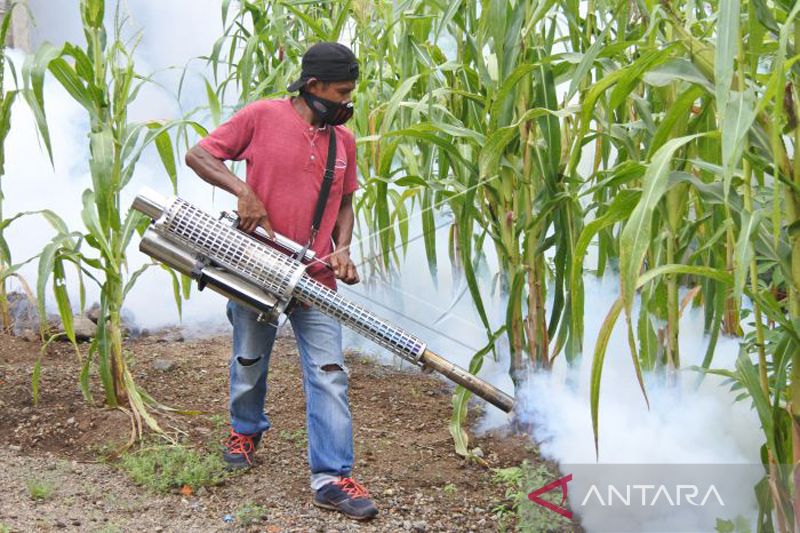Bad times for the flora of New Caledonia. Of the 3,645 species, subspecies and varieties monitored by observers ofEndemic, almost half (44%) are now threatened. Nine are potentially extinct, specifies the association, recalling in passing that 75% of the vegetation having taken root on the Caillou is endemic.
Devastating fires
Mostly blamed on bush fires (due to drought) and mining activity, which strip and level the ground. In 2019, a dark year, fires ravaged nearly 50,000 hectares in the archipelago. No less than 11,500 hectares, an area equivalent to 16,000 football pitches, went up in smoke around Ouégoa, in the North. In the South, 46 fires roasted 48 km2. A desaster. Reforestation operations, with endemics, carried out by the mining industry, particularly in the South, do not compensate.
643 million euros for ecological restoration
“It is estimated that 77 billion Pacific francs (643 million euros) would have to be raised for ecological restoration if it were to be carried out”, figure Fabien Albouy, director of L’œil (Environmental Observatory of New Caledonia). An unattainable goal. However, the indicators are racing. 2019 was the year “fifth driest recorded for 60 years”, relief the last report presented in July 2020 by the association. With consequences on the ecosystem, agricultural land and the atmosphere.
The fires sent 10% of the greenhouse gases emitted in the archipelago into the atmosphere in 2019: either “116,600 return flights Paris-Noumea”. They have also favored the installation of invasive species to the detriment of native species.
28% of the territory exposed
Another scourge in the viewfinder: soil erosion. According to Pascal Dumas, researcher at the UNC (University of New Caledonia), 28% of the mainland is exposed to it. Its reliefs are particularly vulnerable, exposed to leaching “intense rain” and to ” mining ” in perpetual growth for 150 years, explains Adrien Bertaud. Nearly 6,000 hectares of gullies have been identified in the South Province.
Nickel production, including environmental effects “were not considered before 1975”, jumped up. The subsoil of the archipelago is home to 25% of the world’s reserves of this green gold essential for the manufacture of batteries. In 2019, 220,000 tons were produced, more than in Canada (180,000 tons), a major mining nation. In total, “14 million tons of ore were extracted from the ground on average per year between 2009 and 2020”. Open air.
–


